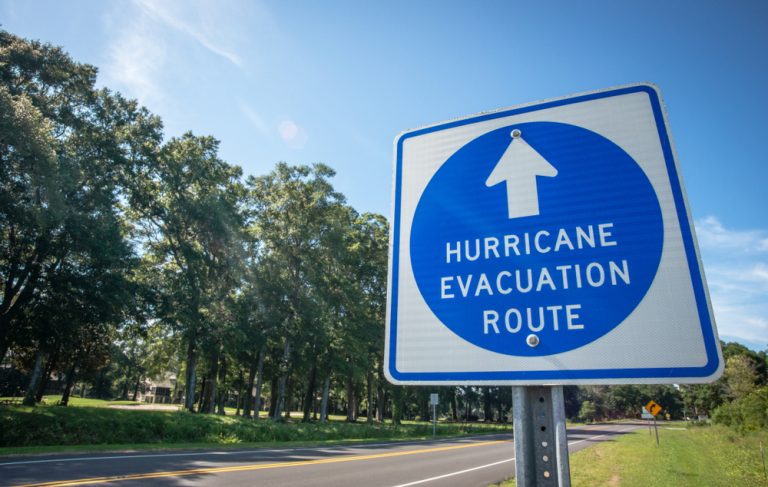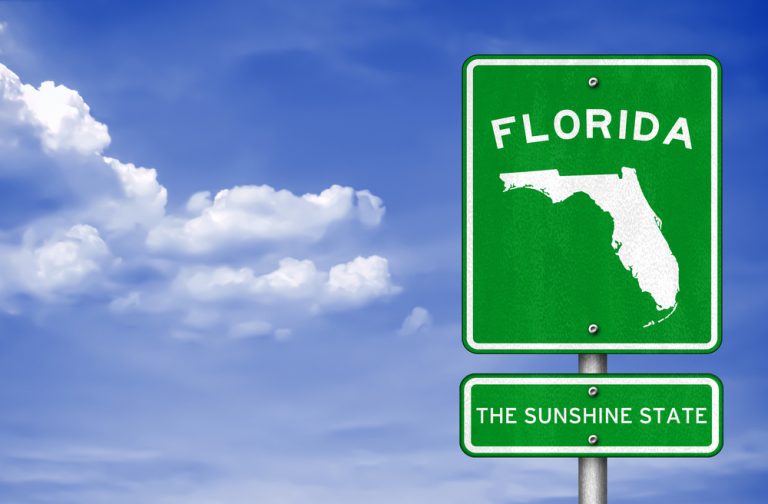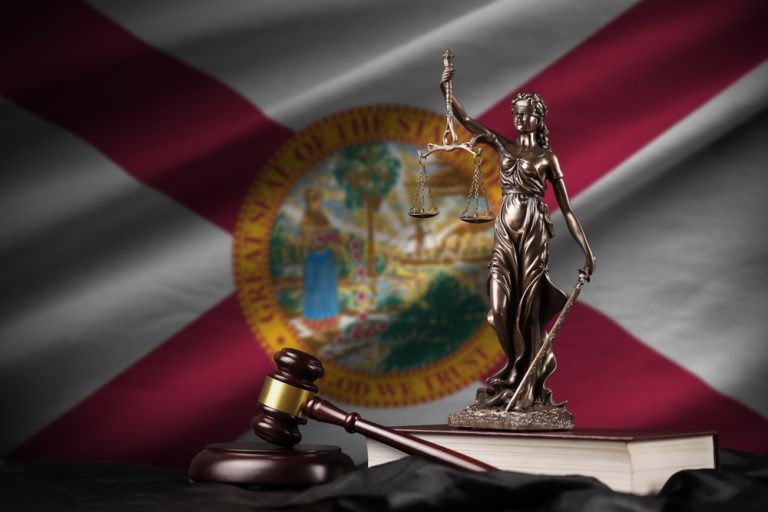Title VII Alert: Supreme Court's Rulings Will Likely Benefit Employers
Title VII Alert: Supreme Court's Rulings Will Likely Benefit Employers
Narrow definition of Supervisor for Title VII Liability
In the late 1990s, the Supreme Court held in Burlington Industries v. Ellerth and Faragher v. Boca Raton that an employer is automatically liable under Title VII of the 1964 Civil Rights Act for discrimination by a “supervisor.” On the other hand, if the discriminating employee is the plaintiff’s co-worker, the company is liable only if the victim complains to her employer and the employer is negligent in responding to the complaint. Potential liability against an employer is affected by the classification of the harassing employee as either a co-worker or a supervisor. In the wake of those decisions, there has been much dispute about what employees qualify as “supervisors” because the Supreme Court had not defined the term.
On June 24th, 2013, in Vance v. Ball State University, the Supreme Court resolved the issue in a 5-4 decision by defining a “supervisor” as one who has the power to take a “tangible employment action” against the victim. He or she must be able to “effect a ‘significant change in employment status, such as hiring, firing, failing to promote, reassignment with significantly different responsibilities, or a decision causing a significant change in benefits.’”
It should be noted that the Equal Employment Opportunity Commission (“EEOC”) had previously defined a supervisor based upon one’s ability “to exercise significant direction over another’s daily work.” Similarly, the Second and Fourth Circuits of the United States Court of Appeals had adopted the EEOC’s definition. The Supreme Court has now adopted a bright-line definition, rather than the open-ended definition set forth by the EEOC, thereby narrowing the scope of who qualifies as a supervisor for Title VII liability.
The Court’s opinion may make it more difficult for employees to win workplace harassment suits against their employers because of the narrow definition of “supervisor.” Nonetheless, employers should continue to carefully monitor the work environment because an employer will always be found liable when a court finds that the employer’s own negligence lead to the creation or continuation of a hostile work environment.
The New Standard for Retaliation Claims
In another 5-4 decision issued the same day, the Supreme Court also imposed a more stringent causation standard for retaliation lawsuits. In University of Texas Southwestern Medical Center v. Nassar, the Supreme Court held that the appropriate causation standard for retaliation lawsuits was “but-for” rather then the "motivating factor" test. It is no longer sufficient to prove that the adverse employment action may have been motivated, in part, by a desire to retaliate. In establishing liability, an employee must now show that the adverse action would not have been taken “but for” the motive to retaliate. This holding will also impact the causation standard in retaliation lawsuits under the Florida Civil Rights Act because the Florida Act was patterned after Title VII and is interpreted in accordance with decisions construing Title VII.
Retaliation claims are the most common type of claim filed against employers, having more than doubled in the past 15 years. The Court’s recent ruling is favorable and will make retaliation claims more difficult to prove. The Court predicts that this ruling will reduce the amount of frivolous lawsuits. Because of the Court’s Nassar decision, for a plaintiff to survive summary judgment and to prevail at trial, the employee will now have to prove that retaliation by the employer actually caused the harm that is alleged. The previous standard would have permitted an employee to prove liability even if the allegedly illegal conduct was merely a motivating factor for the adverse action.






